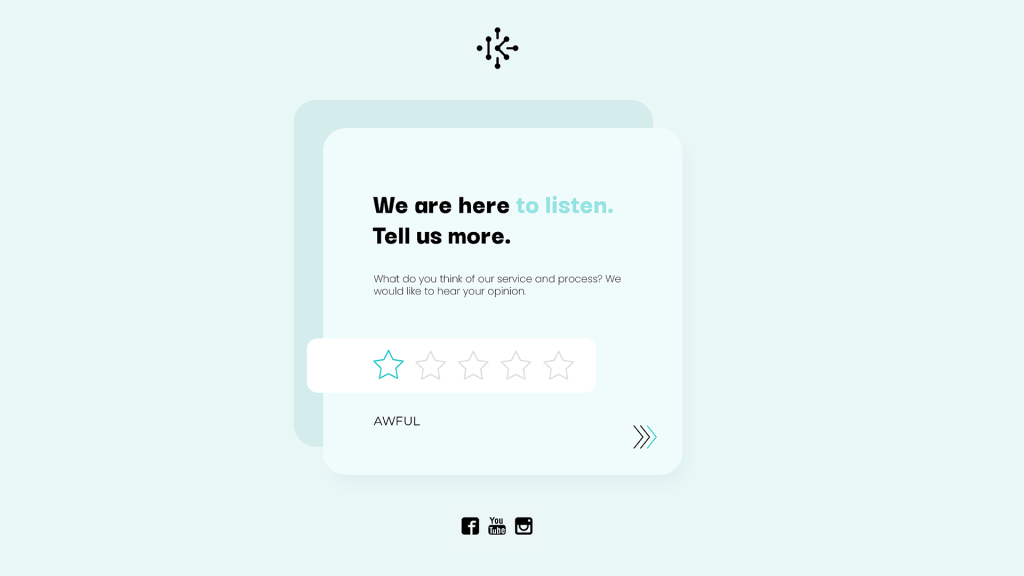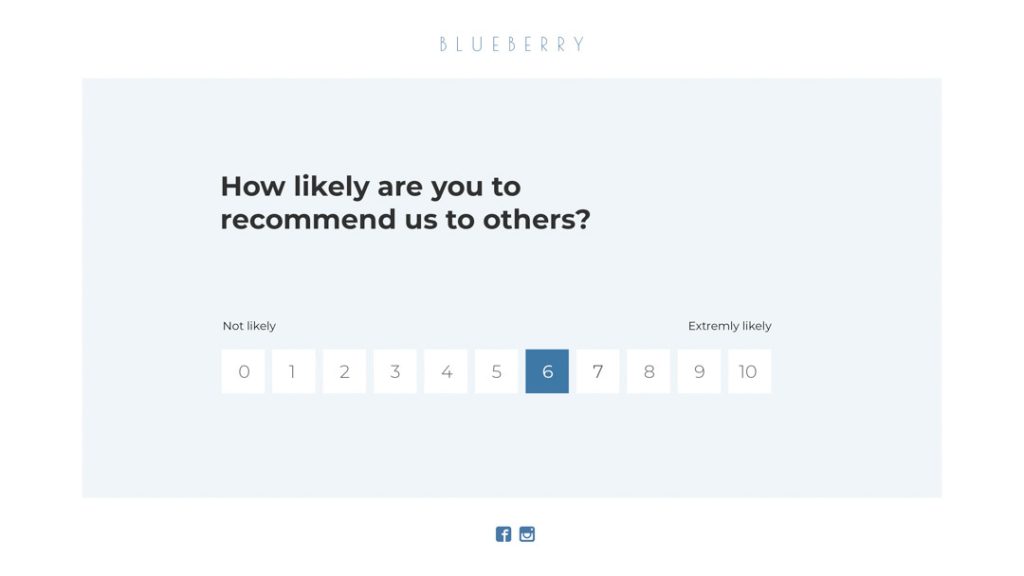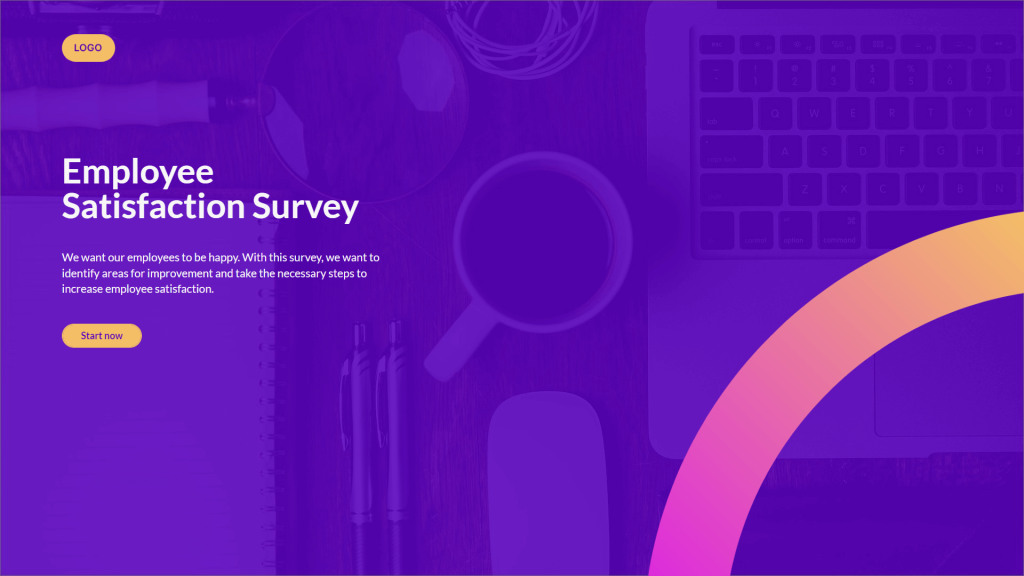
Are you looking to conduct research for your business or organization, but unsure about the difference between a poll vs survey? Both methods can be highly effective in gathering data and insights, but their approaches, purposes, and strengths differ. Polls and surveys are essential research tools used to understand people’s attitudes, opinions, and behaviors and to inform decision-making processes.
However, with the abundance of information available online, it can be difficult to know which method to choose and how to use it effectively. That’s why we’re here to help! In this article, we’ll guide you through the differences between polls and surveys and provide insights on when to use each approach for optimal results. Additionally, we will dive into the world of interactive polls and surveys and discuss how they can be used to create engaging and effective research tools.
By the end of this article, you’ll have a clear understanding of the benefits of using polls and surveys, as well as the key differences between these two methods of gathering information. So, if you’re ready to unlock the secrets to accurate and effective research, let’s dive in!
Table of contents:
- Understanding the basics of Polls
- How can polls help businesses gain customer insights
- Types of Polls
- Understanding the basics of Surveys
- How can surveys help businesses gain customer insights
- Types of Surveys
- The key difference between Polls and Surveys
- Improving workplace culture with surveys and polls
- Polls vs Surveys: Which to choose for your business
- Engaging your audience with Interactive Polls and Surveys
Understanding the basics of Polls
Are you a fan of polls? Whether you love them or hate them, there’s no denying that polls are an important tool for measuring public opinion on a wide range of issues. From political campaigns to marketing surveys, polls are used by researchers, journalists, and policymakers to gain insights into what people are thinking and feeling.
But what exactly is a poll? In short, a poll is a method of gathering data by asking a small group of people a set of questions. There are many different types of poll questions, each designed to serve a specific purpose.
While polls can provide valuable insights, they also have their fair share of drawbacks. For one, they rely on a small sample size of people who may not necessarily represent the broader population. Additionally, polls can be influenced by leading or biased questions, which can skew the results in one direction or another. Despite these limitations, polls remain a popular and important tool for gathering data on public opinion.
Here’s an example of a poll question: “Which flavor of ice cream do you like best – chocolate, vanilla, or strawberry?”
This type of poll question is often used for fun or to gather data on consumer preferences. It’s simple and straightforward, allowing people to quickly and easily choose their favorite flavor. While this type of poll may not provide insights into important societal issues, it can still be a fun way to engage with others and learn more about what people like.
How can polls help businesses gain customer insights
Polls are an effective tool for companies looking to gain a better understanding of their potential or current customers. By asking targeted questions through polls, companies can obtain valuable insights into topics such as customer preferences, buying behavior, and opinions on products or services. This information can then be used to make data-driven business decisions, such as developing new products that meet the needs of customers or improving existing products based on customer feedback.
Moreover, polls can also help companies understand the effectiveness of their marketing campaigns. By asking customers about their experiences with advertisements or messaging, companies can tailor their marketing efforts to resonate with their target audience.
Overall, polls provide a quick and easy way for companies to collect customer feedback and make informed business decisions that can help improve their bottom line and maintain a competitive edge in their respective markets.

Here is an example of a Poll template by Dot.vu
Types of Polls
1. Opinion polls
Gather a general sense of public opinion on a particular product or service. For example, a business might conduct an opinion poll to gauge customer views on a new product, political issue, or social trend.
2. Customer satisfaction polls
Measure customer satisfaction with a particular product, service, or experience. By asking questions about aspects such as quality, value, and customer service, businesses can identify areas for improvement and gain insights into customer needs.
3. Exit polls
These polls are conducted to gather information from people as they leave an event or location. For example, a business might conduct an exit poll after a trade show or event to gather feedback on their products and marketing strategies.
4. Event polls
Event polls build excitement and engagement by allowing attendees to share their opinions in real-time. They increase participation and enthusiasm and create a sense of investment in the event.
Related: How to promote an event
Understanding the basics of Surveys
Have you ever wondered how companies like Netflix and Amazon know exactly what shows and products to recommend to you? The answer lies in surveys! Surveys are a way for businesses and researchers to gather valuable insights into consumer preferences and behavior. Whether you’re filling out a quick online quiz or taking a lengthy telephone interview, surveys are a ubiquitous part of our lives.
So, what exactly is a survey? In a nutshell, a survey is a method of collecting data from a larger group of people by asking a set of questions. Surveys come in all shapes and sizes, from online surveys that can be completed in a matter of minutes to telephone surveys that can take up to an hour to complete. But, no matter the format, surveys are an essential tool for gathering data on a wide range of topics.
One common survey question is: “On a scale of 1-10, how likely are you to recommend our product to a friend or colleague?”
This question is useful for businesses to understand customer satisfaction and the likelihood of word-of-mouth recommendations. By asking respondents to rate their likelihood on a scale, businesses can easily compare and analyze the data to see trends and make informed decisions about product development and marketing strategies.
While surveys have advantages such as providing quick and cost-effective data, they also have their disadvantages, including low response rates and potentially not representing the broader population. Nonetheless, surveys remain a valuable tool for gathering data.

See an example of a Survey template by Dot.vu
How can surveys help businesses gain customer insights
Surveys can provide a comprehensive understanding of the customer base, enabling businesses to identify key areas for improvement and gain insights into customer needs and wants. This information can then be used to make informed business decisions, develop new products, improve customer experiences, and target marketing campaigns more effectively. Moreover, surveys can also be used to evaluate customer satisfaction, track customer loyalty, and measure the effectiveness of marketing initiatives. It is important to understand the types of surveys available, and how they work to make informed decisions.
Types of Surveys
1. Customer satisfaction surveys
Discover how buyers feel about your products, services, or brand. Measure detailed customer satisfaction and use the findings to improve and achieve high customer retention and loyalty.

2. Net promoter score surveys
Measure and track how customers perceive your business. Using one simple question, discover how likely your clients are to recommend your product or service to others on a scale from 0 to 10.

3. Event surveys
Use event surveys to gather constructive feedback from attendees. You can encourage your audience to complete surveys before, during, and after your events to monitor satisfaction and set yourself up for future success.

Related: 6 event planning industry trends
4. Human resource surveys
Measure employee morale and staff engagement through HR surveys. Enable your human resources team to use the insights to improve further and create a top-tier work environment.

The key difference between Polls and Surveys
While polls and surveys share similarities, they also have key differences. Polls are generally shorter and more focused, asking a specific question to a targeted audience. The purpose of a poll is to quickly gather opinions on a particular topic or issue. For example, a poll may ask ” What is the biggest factor influencing your purchasing decisions?” or “Would you recommend this product to your friends and family?” Polls typically have a smaller sample size and are conducted using a variety of methods, including online, and in-person.
In contrast, surveys tend to use a mix of both closed-ended and open-ended questions. While closed-ended questions are still used to gather specific information, open-ended questions allow respondents to provide more detailed and nuanced feedback. These questions are designed to encourage respondents to share their thoughts, opinions, and experiences in their own words, providing a richer and more in-depth understanding of their attitudes and behaviors. However, because open-ended questions require more time and effort to answer, surveys that rely heavily on these types of questions may have lower response rates and may be more time-consuming to analyze.
Improving workplace culture with surveys and polls
Not only do polls and surveys gather insights from customers, but companies can also gather data from their own employees. Surveys and polls are useful tools that companies can use to gain feedback from their employees.
Companies can use HR surveys to gather information on employee satisfaction, engagement levels, and opinions on company policies and procedures. This information can be used to identify areas for improvement and create a better work environment. Employee feedback can also help managers make informed decisions and address issues before they become bigger problems.
Companies can use polls to gather quick feedback on specific topics, such as the effectiveness of new training programs or the success of a recent company event. They can also use polls to gather anonymous feedback, which can encourage employees to be more honest and open about their thoughts and opinions.
Overall, using surveys and polls to gather feedback from employees can help companies create a more positive and productive workplace. It can improve employee satisfaction and engagement, which can lead to better retention rates and higher productivity levels.
Related: 8 Best HR Practices
Polls vs Surveys: Which to choose for your business
Deciding whether to use a poll or a survey for your business will depend on several factors, including the scope and goals of your research, the type of information you are looking to gather, and the resources you have available.
If you are looking to gather quick feedback or opinions on a specific topic, a poll may be the better option. Polls are typically shorter and more focused, making them ideal for quickly gathering insights on a specific issue or topic. For example, if you want to know what customers think about a new product or marketing campaign, a poll may be the best choice.
On the other hand, if you want to gather more detailed information about a specific group of people or topic, a survey may be the better choice. Surveys allow you to gather more in-depth information, providing a more comprehensive understanding of consumer behavior, preferences, and attitudes.
For example, if you want to know how customers feel about your overall brand or want to understand their buying habits, a survey may be the better option.
In summary, the choice between a poll or survey will depend on your research goals, the type of information you want to gather, and the resources you have available. Polls are best for quickly gathering feedback or opinions, while surveys are better for gathering more detailed information.
Engaging your audience with Interactive Polls and Surveys
Interactive Polls are a powerful tool for engaging with your audience and collecting real-time data. By presenting your audience with interactive questions, you can gain insights into their preferences, opinions, and behaviors.
Interactive polls allow you to gather quick feedback from a large audience, and they are an effective way to increase engagement and participation. With customizable templates and user-friendly interfaces, interactive polls can help you gather valuable information and make informed decisions for your business or organization.

Check out this Interactive Poll template by Dot.vu
Interactive surveys can help gather information more effectively by increasing respondent engagement and reducing the likelihood of survey fatigue and abandonment. They often incorporate features such as drag-and-drop functionality, sliders, interactive maps, and other interactive elements to make the survey experience more engaging and enjoyable for the respondent. By making the experience interactive and engaging, readers are more likely to participate and provide honest feedback.

Try out this Interactive Survey template by Dot.vu
Businesses and organizations have been using interactive polls and surveys to gain valuable insights into customer preferences and behavior. Creating effective and engaging interactive polls and surveys requires careful planning and consideration.
Here are some tips to keep in mind:
- Keep the questions clear and concise
- Provide a variety of question types (including open-ended questions)
- Consider the overall design and layout
By using these tips and best practices, businesses and organizations can create effective and engaging interactive polls and surveys that provide valuable insights into their audiences.
Are you ready to gather valuable insights from your audience with polls and surveys?
To recap, polls and surveys are powerful tools for collecting data and measuring customer opinion. However, it is crucial to understand their differences and choose the right method for your research needs. Remember, polls are ideal for measuring general sentiment and opinions, while surveys are best for collecting detailed information from a specific population or sample.
But how can you ensure that your polls and surveys are efficient and effective? Well, the answer lies in following best practices and utilizing technology to your advantage. You can save time and increase your chances of success by using customizable poll and survey templates with Dot.vu.
So, what are you waiting for? Sign up for a free account with Dot.vu today and start creating customized polls and surveys that will help you make informed decisions. With your newfound knowledge on the differences between polls and surveys, you can confidently gather valuable data from your target audience and achieve your research goals.
